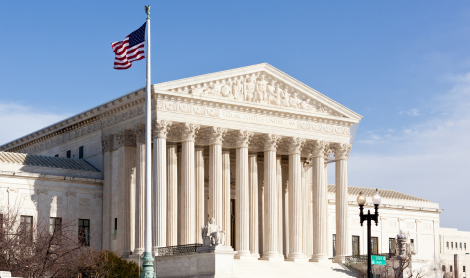It’s still early in the 2019 legislative cycle, but one clear trend is already emerging: virtual charter school reform bills are popping up in states across the country.
Over 40 percent of advocacy partners responding to our December survey believed virtual charter school reform would come up this year, and legislation has already been introduced in at least five states, with two others studying the issue in committee.
The virtual charter school sector has grown rapidly since 2004, when fewer than 50,000 students nationally enrolled in a full-time virtual charter school. Today, over 300,000 students attend one of nearly 450 virtual charters—representing seven percent of all students in charter schools. Virtual charter schools grew an astounding 500 percent over these 14 years to today. Compare that growth to the charter sector as a whole (including virtual charter schools) which grew only 181 percent over that same period. Also unique to the virtual sector is the concentration of student enrollment in a couple of big Education Management Organizations (EMOs): in 2016-17, the two largest EMOs collectively enrolled nearly half of all virtual charter students.
State legislatures have not kept up with this rapid growth. Policymakers are working to catch up and determine whether or not virtual schools fit into existing charter school regulatory structures. How should enrollment be counted in virtual charter schools, where the traditional school calendar isn’t always followed? How and when should virtual charter students take state-mandated assessments? How is attendance and truancy counted? How do virtual schools ensure students with special education or language needs are adequately served?
Policymakers must act in the best interests of children and families and act on these important questions, as nearly every study of virtual charter school performance has found their academic performance to be lacking. On top of this, virtual charter schools in several states have been embroiled in financial and operational mismanagement scandals, blemishing the entire charter sector. This is not acceptable: we need all schools to be succeeding for students while protecting the public. Virtual charter schools are too often falling short in both ways.
The current state of virtual charter schools underscores just how much quality authorizing matters. Good authorizing starts with good policy, and NACSA has identified six state-level policies that preserve the benefits families find in virtual schools while making sure kids are getting a quality education. While virtual charter schools may provide an important option for some students and families, oversight of these schools must catch up and adapt to virtual charter schooling’s unique characteristics.
Looking at legislative dockets for 2019, this may be the year policymakers finally start to do so.
Jason Zwara analyzes and develops charter authorizing policies as part of NACSA’s policy team. He tracks state and federal legislation and creates policy resources for members and advocacy partners. Have policy questions? Please reach out at [email protected]


